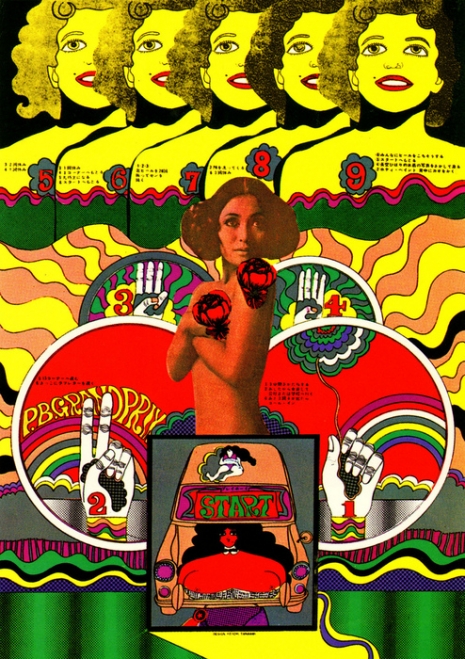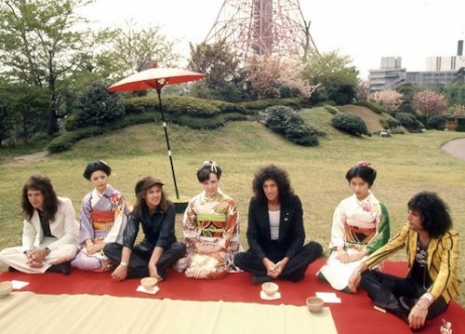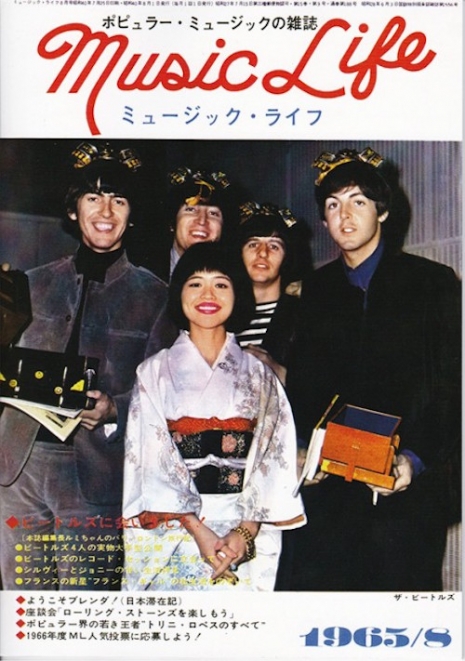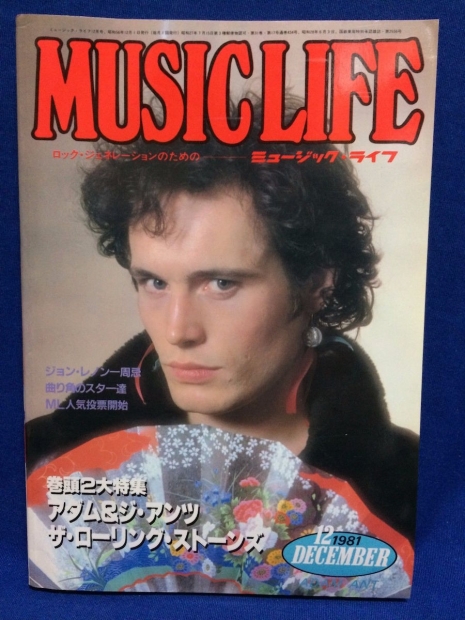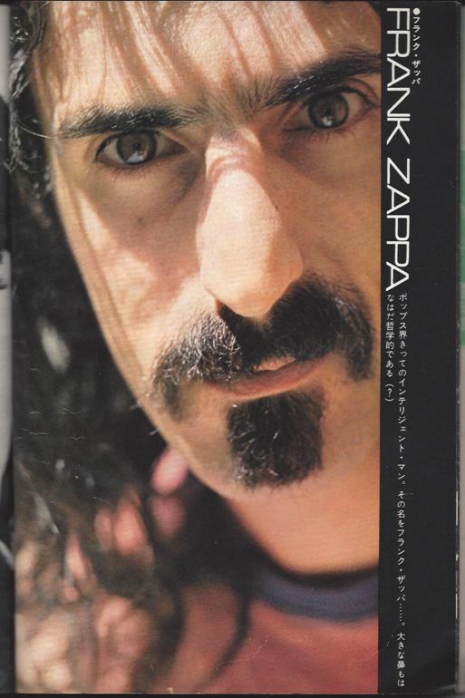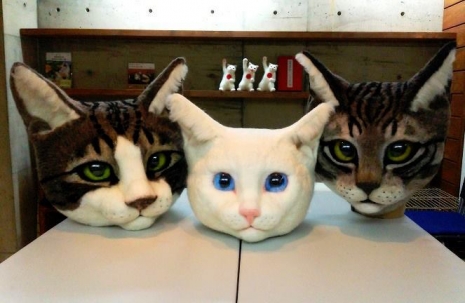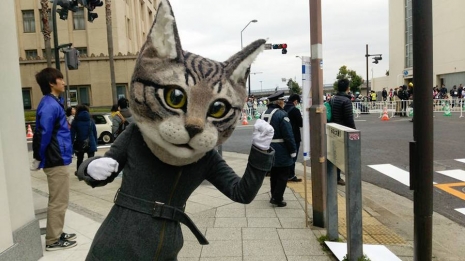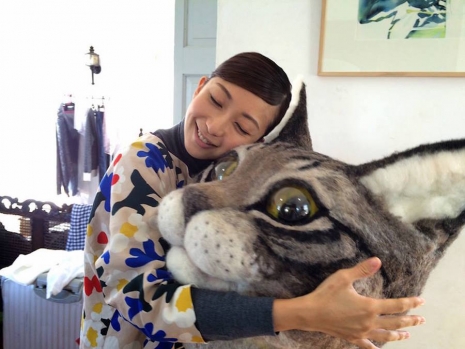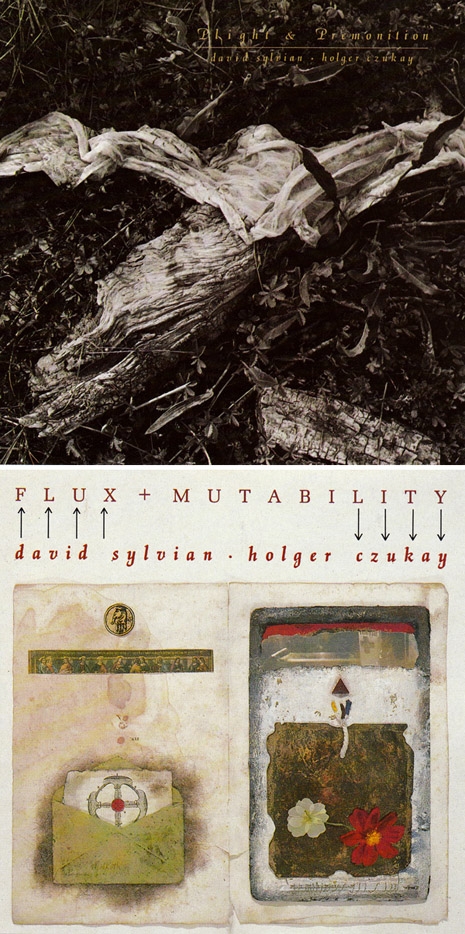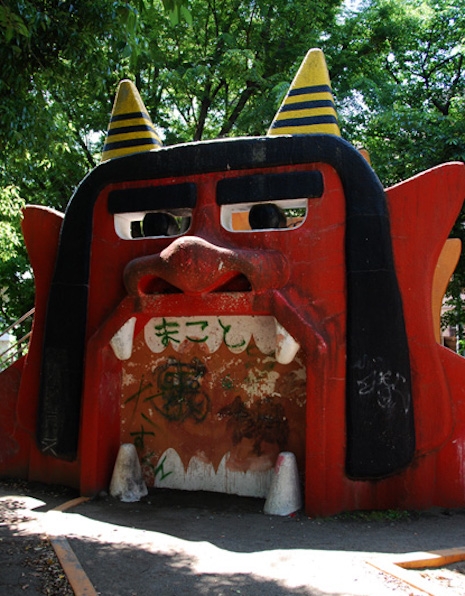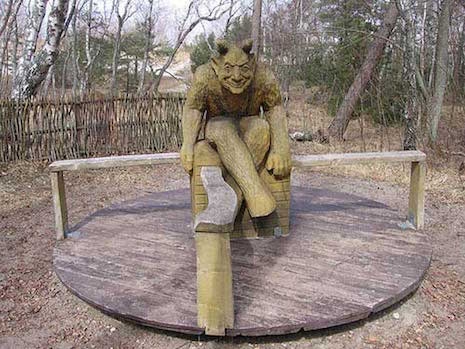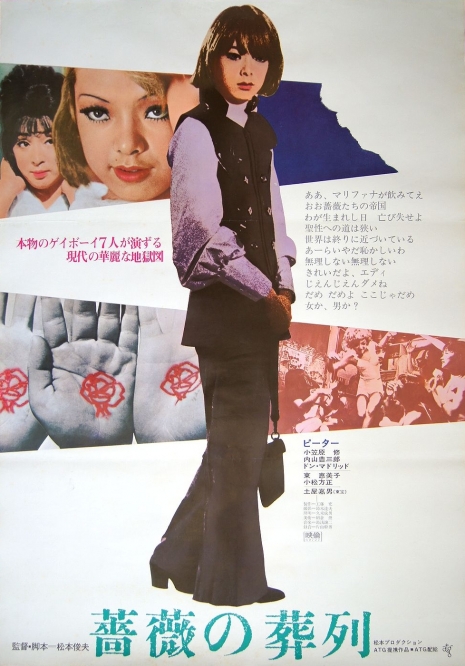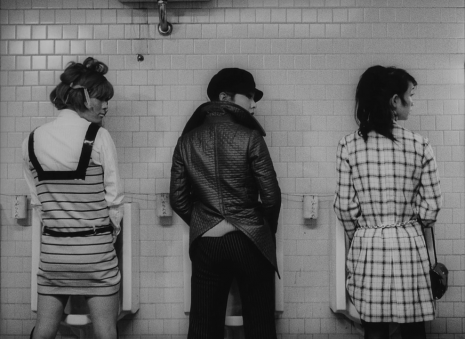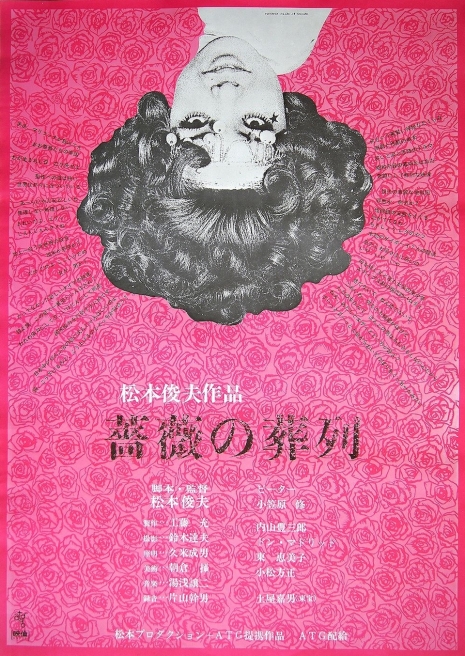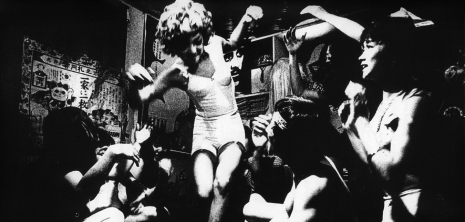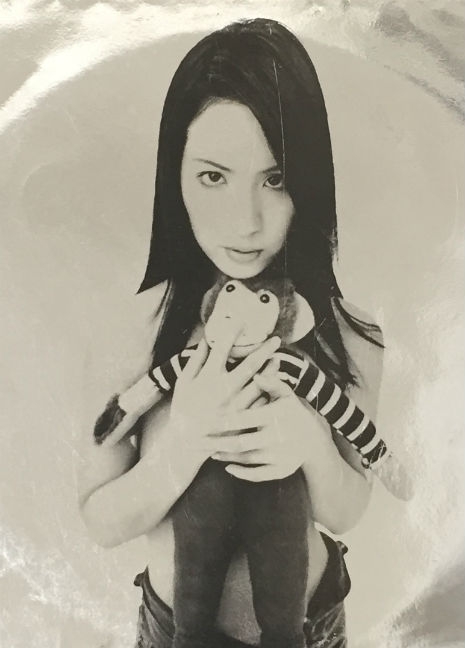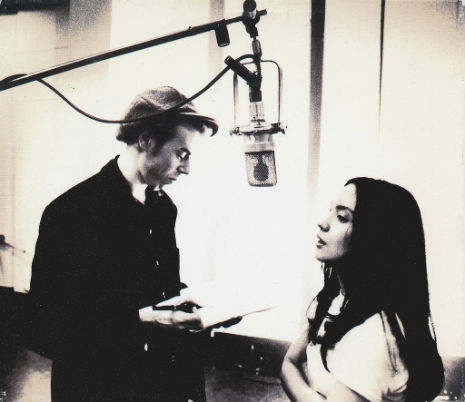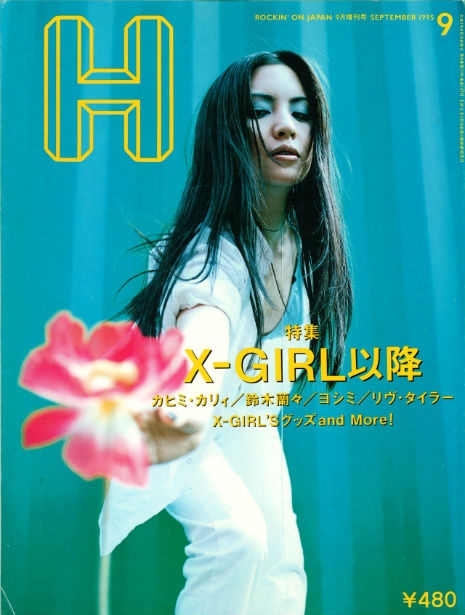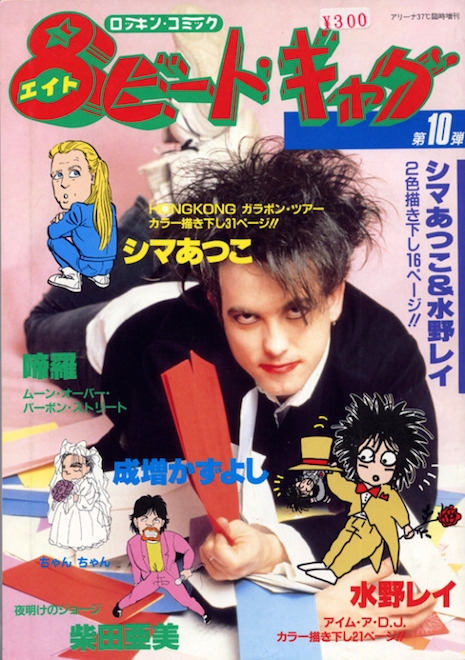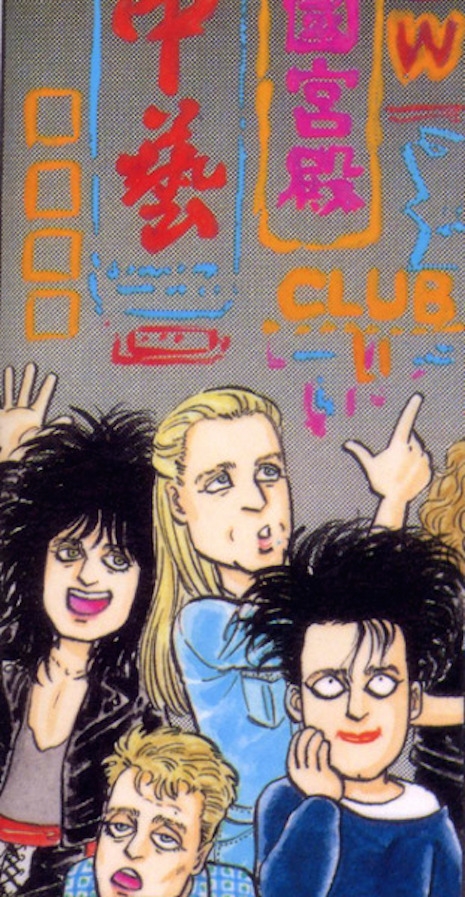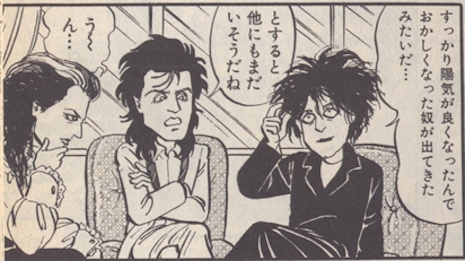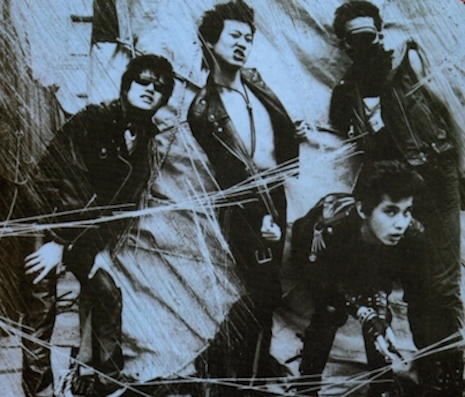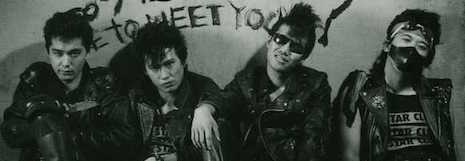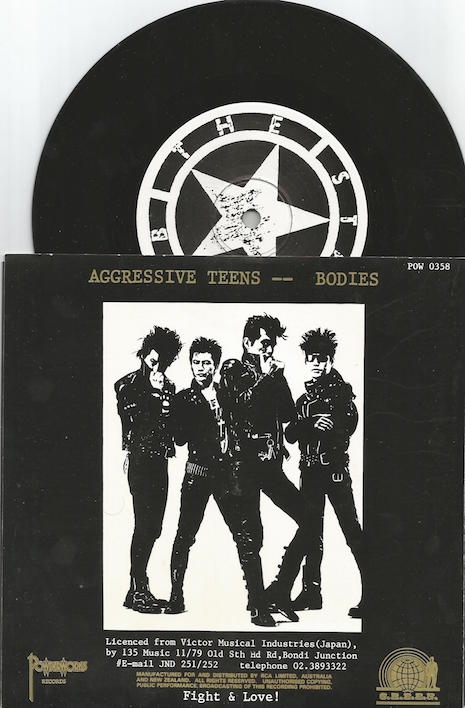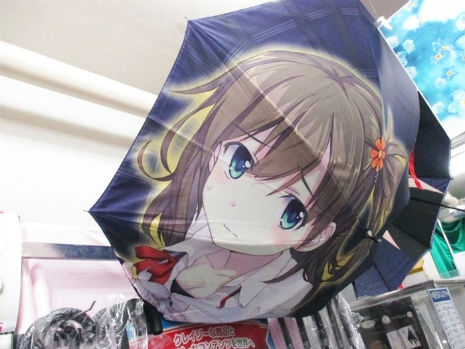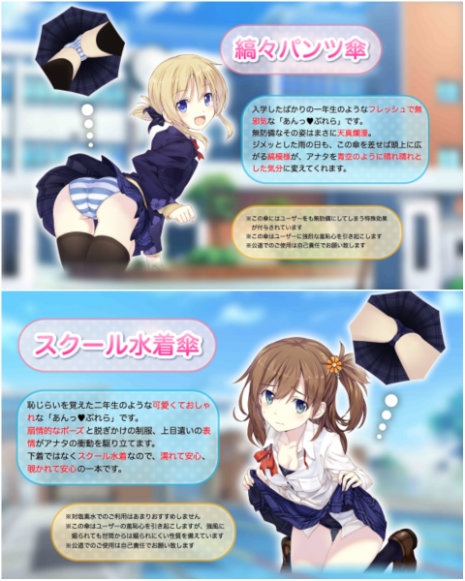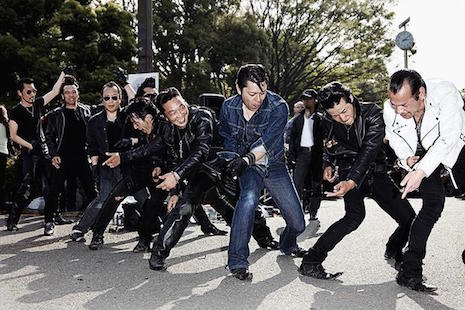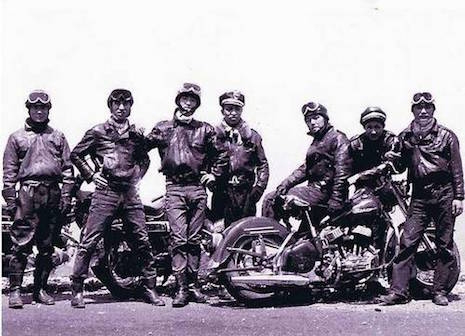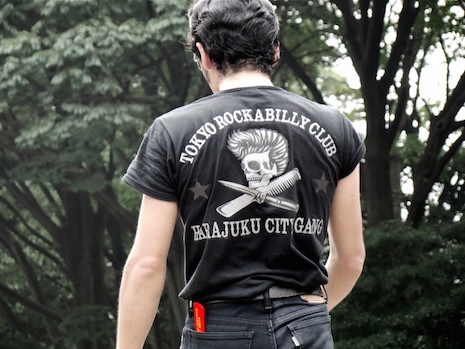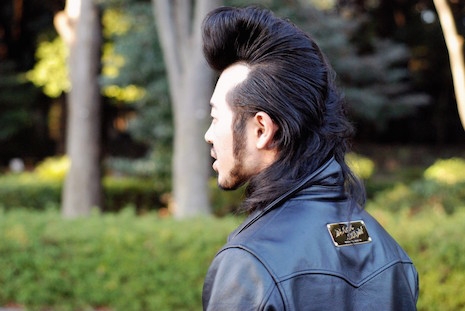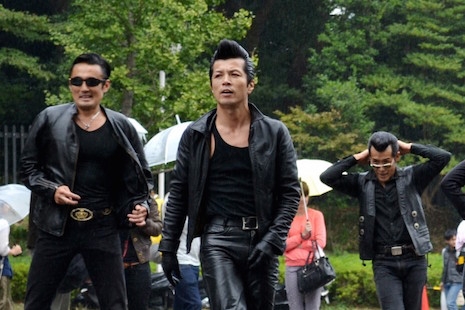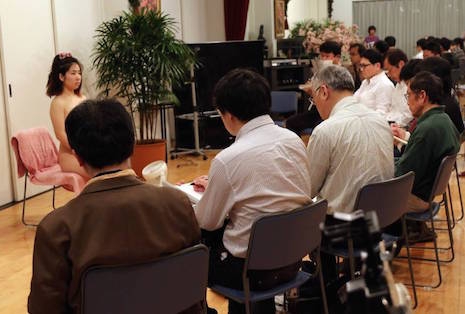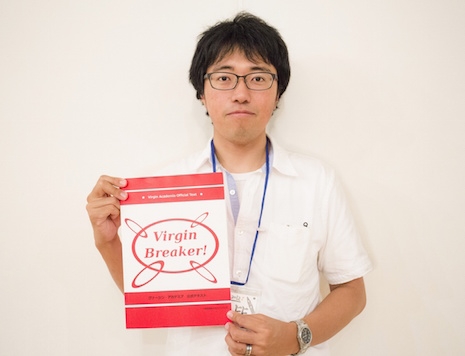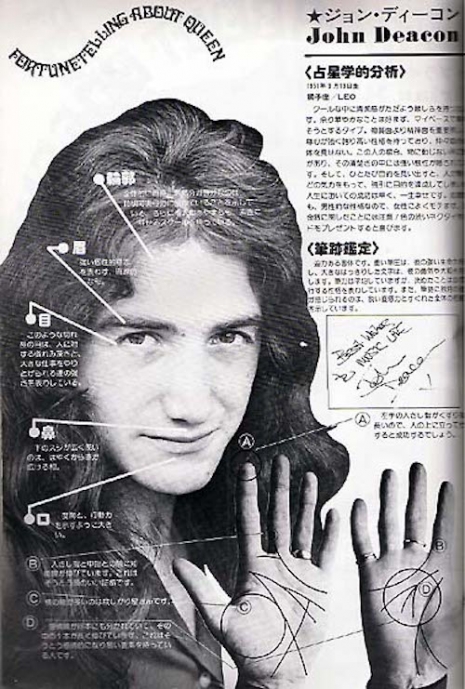
Getting to know John Deacon with the help of Japanese fortune-teller Kiyoshibo Yasou in Music Life magazine (Japan), 1977. Larger resolution can be seen here.
“Since the left hand of the index finger is longer than the ring finger, will be successful and to work standing on top of the people.”
—Japanese fortune-teller Kiyoshibo Yasuo deciphering the hidden messages of John Deacon’s palm
A couple of weeks ago I posted about Japanese magazine Music Life and since that time I’ve continued to uncover some cool artifacts from the wildly popular vintage magazine such as this curious bit of strangeness—a somewhat clinical sounding dissection of Queen bassist John Deacon’s palm by a person the publication notes to be Japanese fortune-teller Kiyoshibo Yasou. A mysterious individual that I can find no reference for anywhere on the Internet outside of this odd little article from 1977.

Yasuo breaks down Deacon using an Astrological analysis, the process of Physiognomy (in which the evaluation of a person’s facial features is used to determine their personality type), a handwriting analysis and finally a deep-dive into Deacon’s palm to reveal his most innermost secrets. Of course when the excerpt from the magazine was translated into English using Google it produced a number of amusing, poorly translated revelations about the notoriously private Deacon that were strangely not terribly far from the truth. Such as this part of Deacon’s (a Leo by the way) astrological analysis:
Early success in life, is a lifetime of happiness. Romantic relationship too because it is (of his) masculine personality. Mote to women.
So because I’m deeply fascinated by this piece of rock and roll ephemera and a huge fan of the musical genius that is John Deacon I can tell you that Yasuo’s big reveal wasn’t that far off from reality. Deacon joined Queen when he was only nineteen-years-old which clearly equals “early success in life” by any reasonable standards. By the time he was 24 in 1975 he was already married to Veronica Tetzlaff and about to become a father for the first time after the devout Catholic become pregnant shortly after meeting Deacon at a disco. The couple has been married for 41 years have six children together which to many would be reflective of a “lifetime of happiness.”
I must say that overall I found Deacon’s amusing palm reading revealing as well as silly at times. Especially when it comes to the state of his gastrointestinal health and the skill of “standing on top of people” (included in the assessment of “Figure A” at the top of this post). Stay with me because here we go!
Figure B: the index finger and intelligence lines between the middle finger has stretched. This sweeping is the proof of good head.
Figure C: The horizontal line often is the lonely shop.
Figure D: Emotion line is divided for many present, one of them has been elongated. This is the person who sweeping have easy element becomes emotional. *(Analysis had been resting on another issue) * It does not have much thickness of the overall hand. Internal organs, care must be taken so easy especially break the gastrointestinal. It is not fatally bad phase, but as many fortune of something to struggling unfortunately.
More after the jump…








